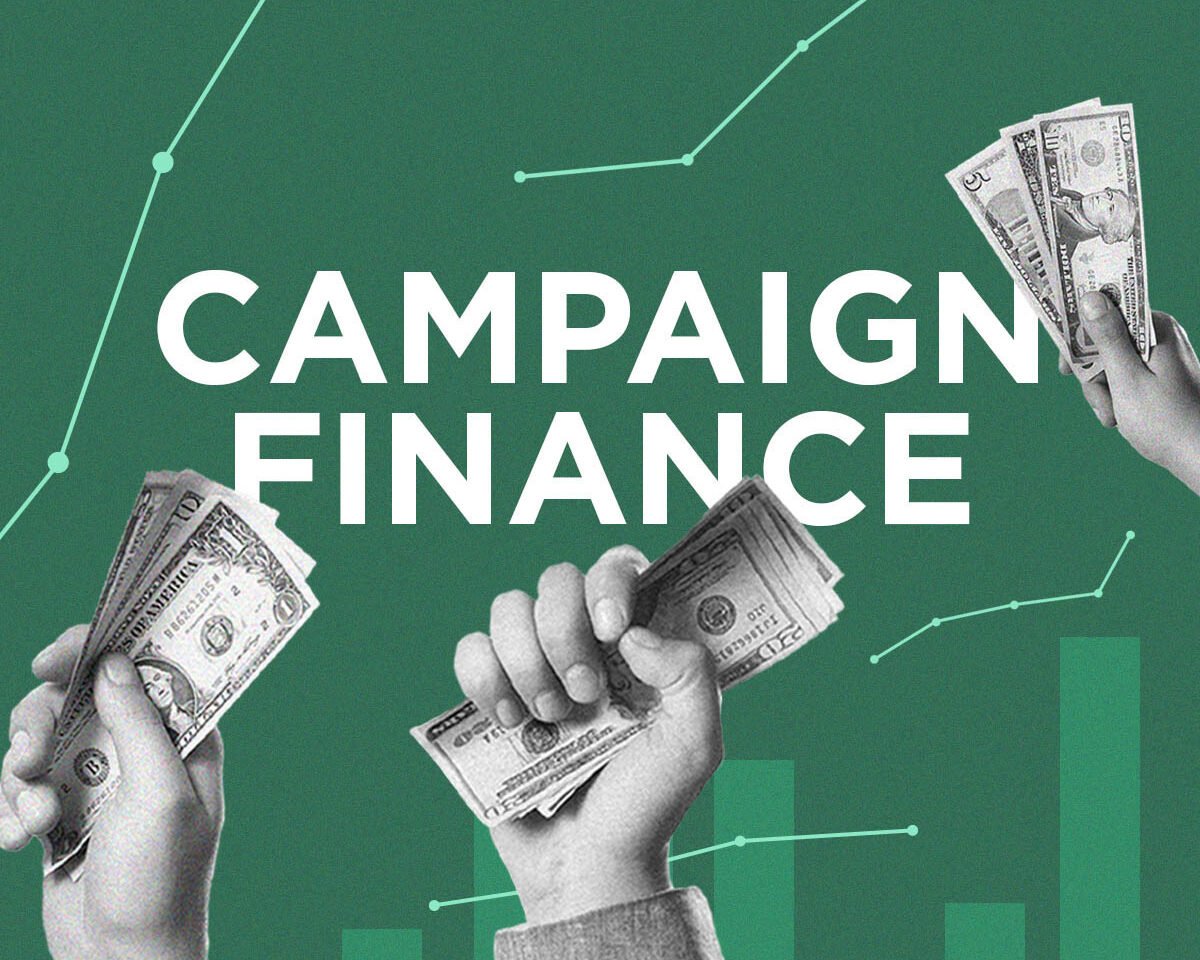The process of raising funds in U.S. presidential elections, by political parties is both a complex and multifaceted endeavor, driven by the need to support extensive campaign activities, outreach efforts, and voter mobilization. This intricate system involves a variety of sources, regulations, and strategies that together create a robust financial network fueling the electoral process.
At the core of political fundraising in the United States are individual contributions. These donations come from ordinary citizens who support a candidate or party and wish to contribute to their electoral success. Federal law sets limits on how much an individual can donate to a candidate, party, or political action committee (PAC), with the maximum contribution for individuals typically capped at several thousand dollars per election cycle. Despite these limits, individual contributions make up a significant portion of campaign funds, as candidates often engage in grassroots fundraising efforts to solicit small donations from a broad base of supporters. This approach not only raises substantial funds but also fosters a sense of community and engagement among voters.
Political action committees (PACs) play a crucial role in the fundraising landscape. PACs are organizations that collect contributions from members and donate those funds to campaigns, parties, or other PACs. There are various types of PACs, including connected PACs, which are associated with specific organizations, and non-connected PACs, which operate independently. The advent of Super PACs has dramatically altered the fundraising environment. Unlike traditional PACs, Super PACs can raise and spend unlimited amounts of money to advocate for or against political candidates, provided they do not directly coordinate with the candidates’ campaigns. This has led to a significant increase in the influence of wealthy individuals and special interest groups in elections.
Another important source of campaign funds is the party committees themselves. The Democratic National Committee (DNC) and the Republican National Committee (RNC), along with their respective congressional campaign committees, raise substantial amounts of money to support their candidates. These committees organize fundraising events, direct mail campaigns, and online fundraising drives to solicit donations from party loyalists and high-dollar donors. The funds raised by these committees are then distributed to individual campaigns, used for party operations, or spent on independent expenditures supporting the party’s candidates.
Corporate contributions are another critical element in the fundraising matrix, although direct contributions from corporations to candidates are prohibited under federal law. Instead, corporations can influence elections through PACs they establish and through contributions to Super PACs and other independent expenditure-only committees. Additionally, corporations often contribute to trade associations and other nonprofit organizations that engage in political advocacy. These groups, operating under various sections of the tax code, can spend unlimited amounts on political activities, often with less transparency than traditional campaign contributions.
The digital revolution has also transformed political fundraising. Online platforms and social media have become vital tools for campaigns to reach potential donors and solicit contributions. Crowdfunding sites, email campaigns, and social media appeals allow candidates to connect directly with supporters and raise small-dollar donations en masse. This method of fundraising has been particularly effective for insurgent candidates and those with a strong grassroots following, enabling them to compete financially with more established opponents.
Bundling is another technique used in political fundraising, where individuals, often lobbyists or business leaders, collect contributions from a network of donors and present them to a campaign as a bundle. This method allows fundraisers to maximize their impact and influence, as bundled contributions can total significant amounts. Bundlers often receive recognition and access to candidates in return for their efforts, highlighting the interplay between fundraising and political influence.
Public funding, though less prominent in recent years, remains a part of the American electoral system. Candidates who agree to certain spending limits can receive public funds to support their campaigns. However, the increasing cost of modern campaigns has led many candidates to forgo public funding in favor of raising private contributions, which allows them to spend more freely.
Campaign finance laws and regulations, enforced by the Federal Election Commission (FEC), govern the fundraising activities of candidates and political parties. These laws are designed to ensure transparency and prevent corruption, requiring campaigns to disclose their contributions and expenditures. Despite these regulations, the influence of money in politics remains a contentious issue, with ongoing debates about the need for reform and the impact of Supreme Court decisions like Citizens United v. FEC, which expanded the ability of corporations and unions to spend on elections.
The interplay of these various fundraising mechanisms results in a vast and dynamic financial landscape that significantly influences American presidential elections. The ability to raise substantial funds is often a critical factor in a candidate’s success, enabling them to build robust campaign infrastructures, conduct extensive advertising, and mobilize voters. As the cost of campaigning continues to rise, the strategies and sources of political fundraising will likely continue to evolve, reflecting the changing dynamics of American politics and society.





Leave a Reply